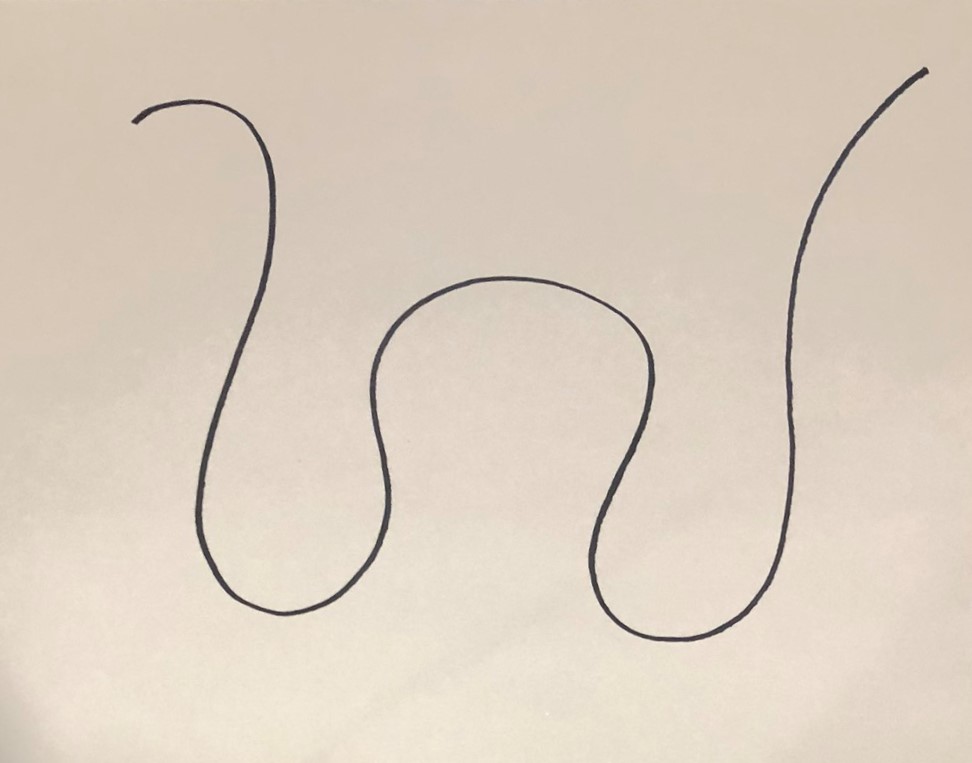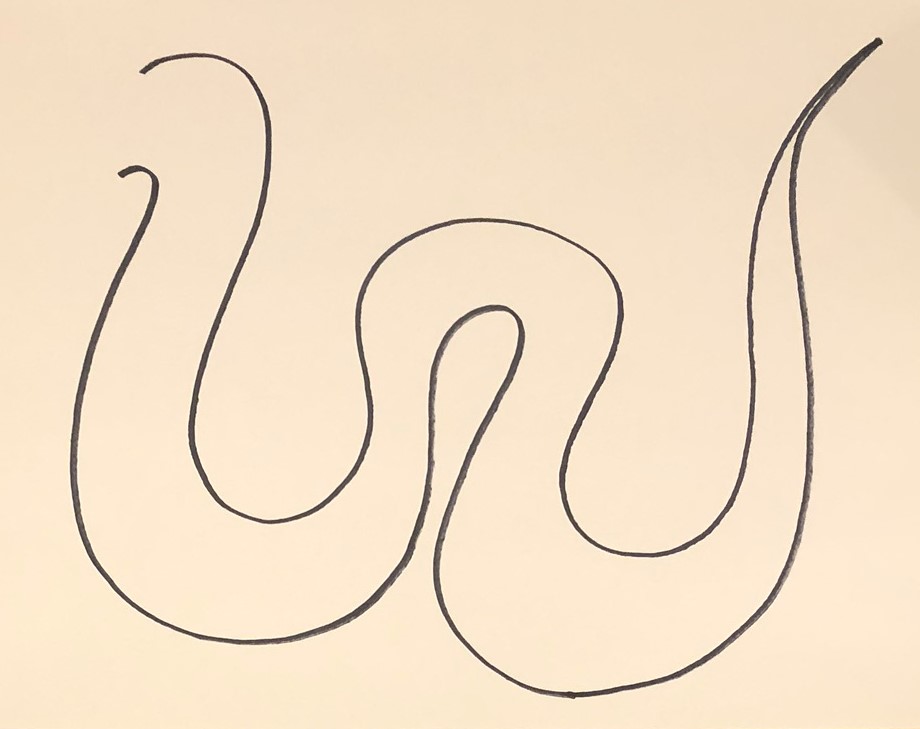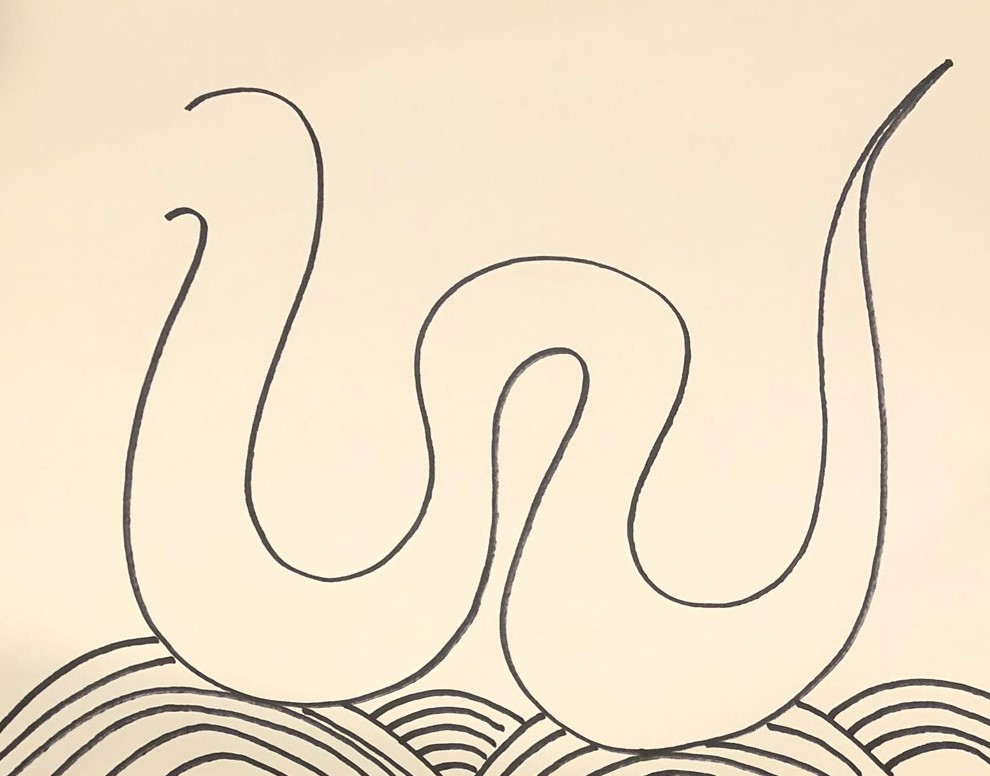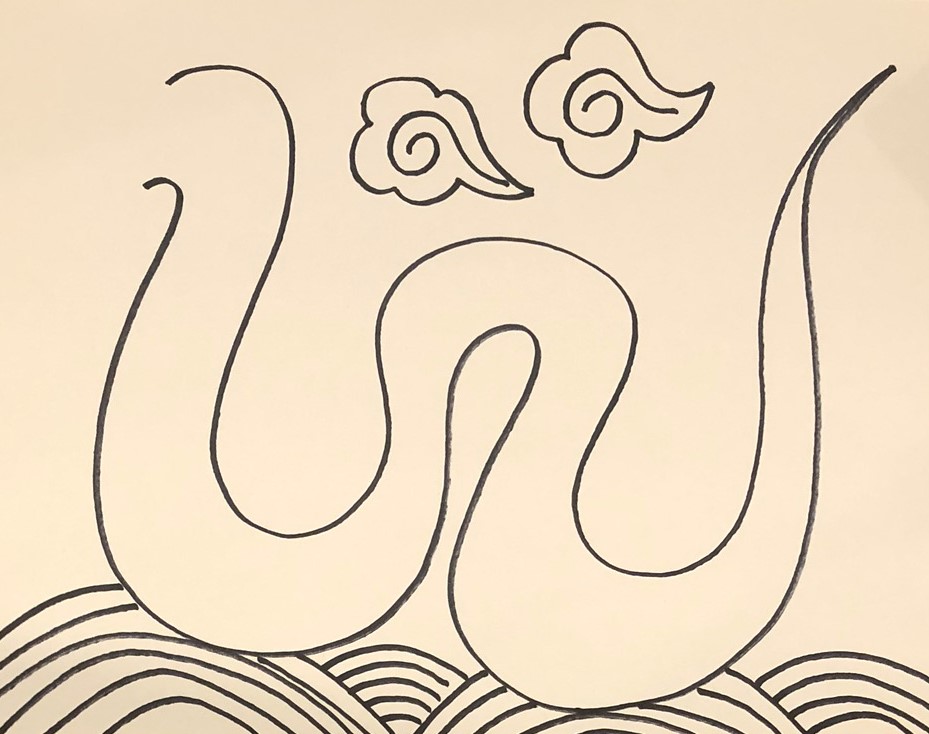Students will create a Chinese inspired dragon by drawing and using cut paper pieces. Recommended for 3rd Graders.
Line: the flat path of a dot through space used by artists to control the viewer’s eye movement; a long narrow mark or stroke made on or in a surface; a thin mark made by a pencil, pen, or brush.
Shape: a two-dimensional (flat) area enclosed by a line.
Space: the illusion of depth or space on a flat surface.
Texture: how a surface feels or appears to feel.
Rhythm: the repetition of shapes, lines and forms; the repetition of elements of visual arts to create movement in an artwork.
Assemble: putting parts together to make a whole.
Layering: putting things on top of each other to imply depth.
Chinese dragons, also known as East Asian dragons, are legendary creatures in Chinese mythology, Chinese folklore, and East Asian culture at large. Chinese dragons have many animal-like forms such as turtles and fish but are most commonly depicted as snake-like with four legs. The dragon is a symbol of power, strength, and good luck for people in East Asian culture. During the days of Imperial China, the Emperor of China usually used the dragon as a symbol of his imperial strength and power. The Chinese dragon has very different connotations from the European dragon – in European cultures, the dragon is a fire-breathing creature with aggressive connotations, whereas the Chinese dragon is a spiritual and cultural symbol that represents prosperity, protection and good luck, as well as a rain deity that fosters harmony. There is a Szechuan story of a boy, Nie Lang, who became a dragon that could be fun to read to your students: Nie Lang and the White Hare.
Print templates on cardstock and cut out for students to use.
Read The Water Dragon by Li Jian.
Look at images of Chinese dragons and dragon dances. How are dragons a part of the Lunar New Year celebrations?
What makes up a Chinese dragon?
Make a visual list of the details that are added to the dragons and how they are used.
The beginning will be a guided drawing. Demonstrate each step and have them follow you.




Lesson written by Juliette Ripley-Dunkelberger. Original lesson from ISD teachers through a grant from the Issaquah Schools Foundation in 2011. Additional resources: Mandarin for Children website ; Mr. Donn's Site for Kids and Teachers: Dragons Ancient China for Kids.
21st Century Thinking Skills
Visualizing, predicting.
WA State Learning Standards
(VA:Cr1.1.3) a. Elaborate on an imaginative idea.
(VA:Cr2.2.3) a. Demonstrate an understanding of the safe and proficient use of materials, tools, and equipment for a variety of artistic.
(VA:Cr3.1.3) a. Elaborate visual information by adding details in an artwork to enhance emerging meaning.
(VA:Pr6.1.3) a. Identify and explain how and where different cultures record and illustrate stories and history of life through art.
Arts Integration Opportunities
Social studies: Cultures Around the World/China, create a single dragon as a classroom project that winds around the classroom.
Writing prompt about this dragons’ powers and how it helps people.
Please note: These lesson plans are intended for non-profit use only. Use of these plans for commercial purposes should give attribution to the Issaquah Schools Foundation and be accompanied by a nominal donation at www.isfdn.org/donate. Thank you.
Fueling Success for Every Student, Every School